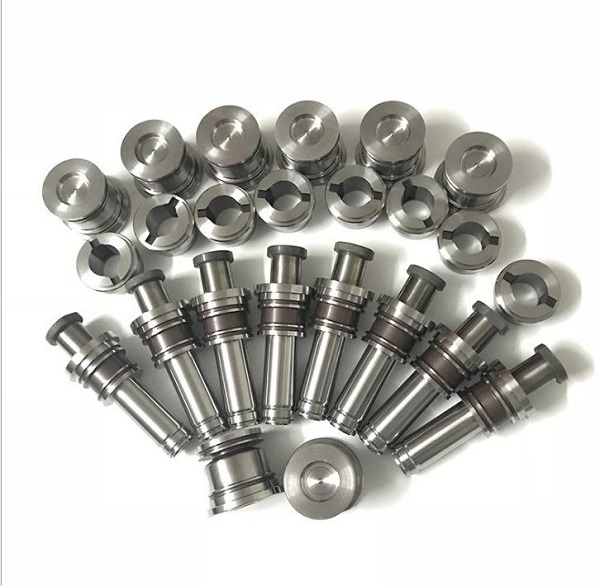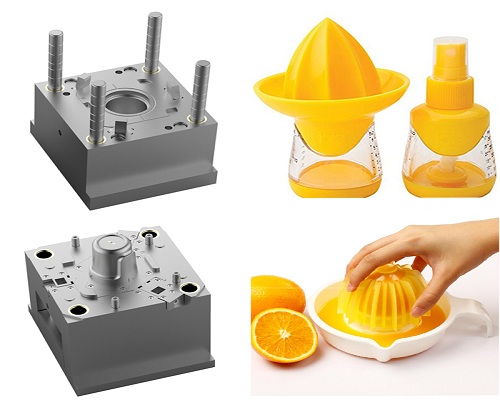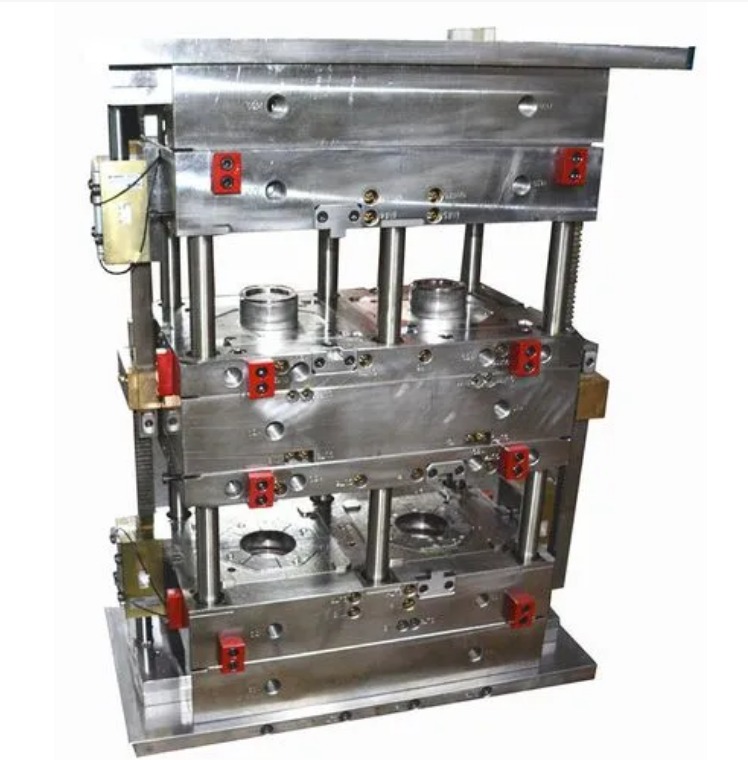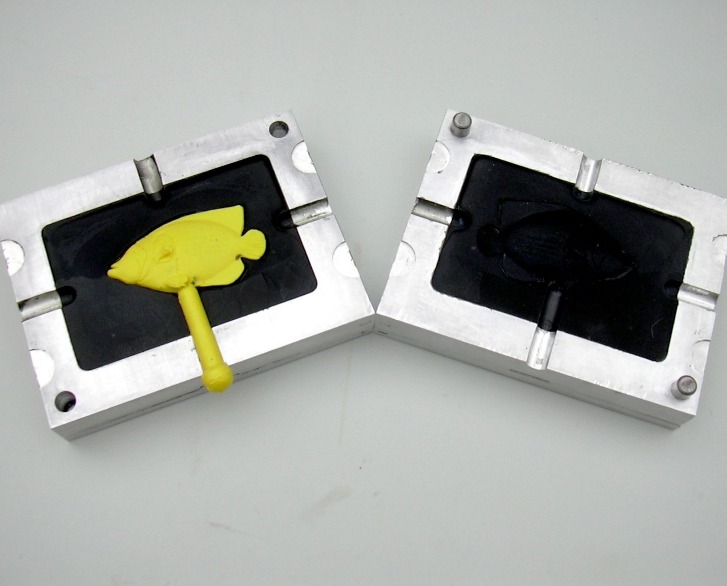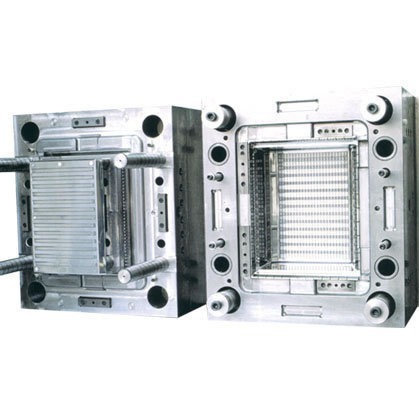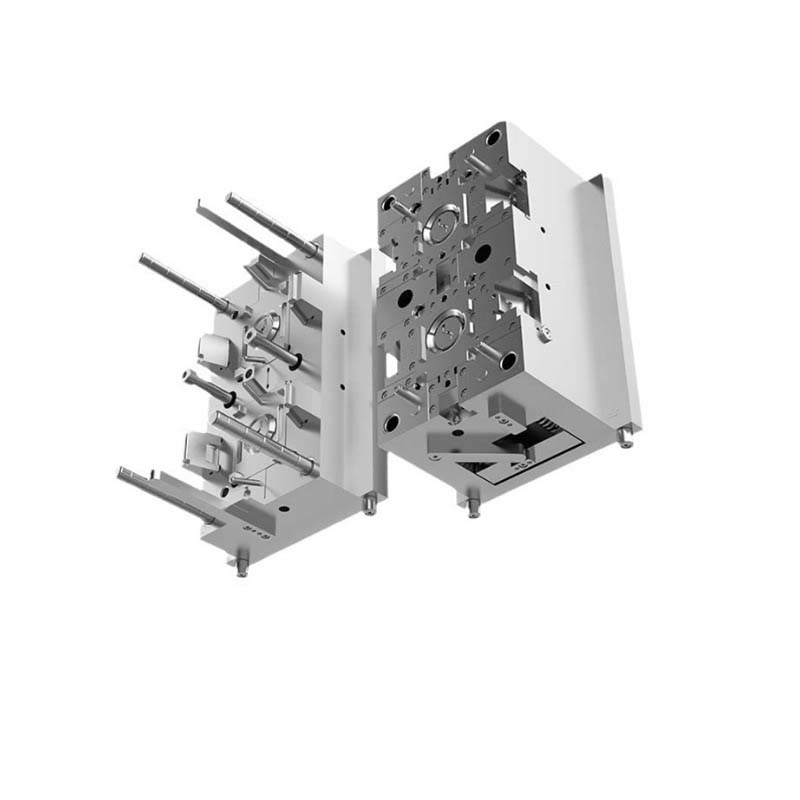Introduction
Understanding Shrinkage Marks in Plastic Mold Parts
Shrinkage marks are a common and troublesome defect in the production of plastic mold parts. They present as small depressions or pits on the surface of the plastic product, which can significantly affect both the aesthetics and functionality of the final item. This issue becomes even more pronounced in thicker positions of plastic mold parts.
In industries such as automotive, electronics, and consumer goods, where the quality and appearance of plastic components are of utmost importance, shrinkage marks can lead to product rejection, increased production costs, and damage to the brand image. For example, in automotive interior parts, even a minor shrinkage mark on a dashboard component can be noticeable to the end - user, reducing the perceived quality of the vehicle.
Therefore, understanding the causes of shrinkage marks in thicker - walled plastic mold parts is crucial for manufacturers to improve product quality, enhance production efficiency, and maintain a competitive edge in the market.
Common Causes of Shrinkage Marks
1. Material - Specific Shrinkage
One of the primary factors contributing to shrinkage marks in plastic mold parts, especially at thicker positions, is the inherent shrinkage characteristics of the plastic material itself. Different plastic materials have varying shrinkage rates. For example, crystalline plastics like polyethylene (PE) and polypropylene (PP) generally have higher shrinkage rates compared to amorphous plastics such as polystyrene (PS) and polycarbonate (PC).
The following table lists the shrinkage rates of some common plastic materials:
| Material | Shrinkage Rate (%) |
| Polypropylene (PP) | 1.0 - 2.1 |
| Polyethylene (PE) (High - Density) | 1.5 - 3.0 |
| Polycarbonate (PC) | 0.4 - 0.6 |
| Polystyrene (PS) | 0.3 - 0.6 |
| Acrylonitrile Butadiene Styrene (ABS) | 0.4 - 0.7 |
This variation in shrinkage rates means that when choosing a material for a plastic mold part, manufacturers must consider how the material's shrinkage properties will impact the final product. If a material with a high shrinkage rate is used in a design with thick - walled sections, the likelihood of shrinkage marks occurring is significantly increased.
2. Injection Molding Process Variables
a. Temperature Fluctuations
Temperature plays a crucial role in the injection molding process and can directly influence the formation of shrinkage marks. There are two key temperature factors: the melt temperature and the mold temperature.
The melt temperature affects the viscosity of the plastic. When the melt temperature is too high, the plastic has lower viscosity and fills the mold more easily. However, it also cools and solidifies more slowly. This slower cooling can lead to greater shrinkage as the plastic has more time to contract during the cooling process. On the other hand, if the melt temperature is too low, the plastic may not fill the mold completely, or it may cool too quickly, resulting in uneven cooling and potential shrinkage marks.
The mold temperature also has a significant impact. A higher mold temperature can slow down the cooling rate of the plastic, allowing for more uniform cooling and reducing the risk of shrinkage marks. Conversely, a lower mold temperature can cause the outer layers of the plastic to cool and solidify rapidly, while the inner layers are still hot and shrinking. This differential cooling can lead to internal stresses and the formation of shrinkage marks.
b. Pressure Variations
Injection pressure and hold - pressure are critical parameters in the injection molding process. During the injection phase, the injection pressure is used to fill the mold cavity with molten plastic. If the injection pressure is insufficient, the mold may not be filled completely, or the plastic may not be packed densely enough, leading to voids and potential shrinkage marks.
After the mold is filled, the hold - pressure is applied to compensate for the volume shrinkage of the plastic as it cools and solidifies. If the hold - pressure is too low or the hold - time is too short, the plastic in the thicker sections of the mold will not be adequately compensated for its shrinkage. As a result, the surface of the part may sink, forming shrinkage marks.
c. Cooling Rate Discrepancies
Uneven cooling is another major cause of shrinkage marks. When a plastic mold part has varying wall thicknesses, the thicker sections take longer to cool compared to the thinner sections. This difference in cooling rates can cause internal stresses within the part.
As the thicker sections cool and contract, they pull on the surrounding material. If the material in the thinner sections has already solidified and cannot stretch to accommodate this pull, the surface of the part will deform, resulting in shrinkage marks.
3. Geometric Design of the Mold
a. Wall Thickness Disparities
Wall thickness is a fundamental aspect of mold design that can have a profound impact on the occurrence of shrinkage marks. Significant differences in wall thickness within a plastic mold part can cause uneven cooling and shrinkage.
Thicker sections of the part cool more slowly than thinner sections. As the thicker areas contract during cooling, they exert a pulling force on the adjacent thinner regions. If the material in the thinner regions has already solidified, it cannot accommodate this pulling force, leading to the formation of shrinkage marks.
b. Ribs and Bosses Placement
The placement of ribs and bosses in a plastic mold part can also contribute to shrinkage marks. Ribs are used to increase the strength and rigidity of a part, while bosses are typically used for mounting or attaching components.
If ribs or bosses are placed inappropriately, they can create areas of concentrated material, which cool more slowly than the surrounding areas. This differential cooling can cause shrinkage marks to appear on the surface of the part, usually on the opposite side of the rib or boss.
Yigu Technology's Insights
As a non - standard plastic metal products custom Supplier, Yigu Technology has rich experience in dealing with shrinkage marks in plastic mold parts.
In terms of optimizing the process, we always conduct strict temperature control. By precisely adjusting the melt temperature and mold temperature according to the characteristics of different plastic materials, we ensure uniform cooling of the plastic. For example, when using polypropylene, we adjust the melt temperature to an appropriate range to reduce the risk of shrinkage marks.
Regarding the design improvement, we focus on the geometric design of the mold. We try to make the wall thickness of the plastic mold parts as uniform as possible. When designing ribs and bosses, we conduct in - depth simulations and calculations to ensure their proper placement, thus effectively reducing the formation of shrinkage marks. Our continuous efforts in these aspects have enabled us to provide high - quality plastic mold parts for our customers and solve the shrinkage mark problem to a large extent.
